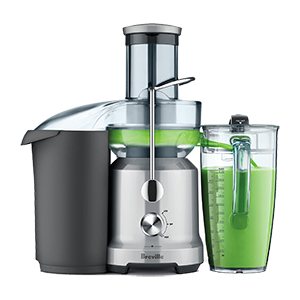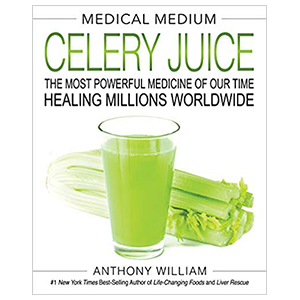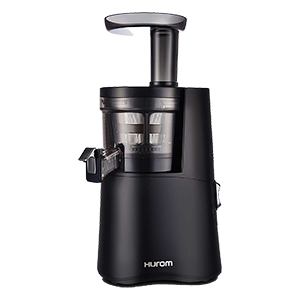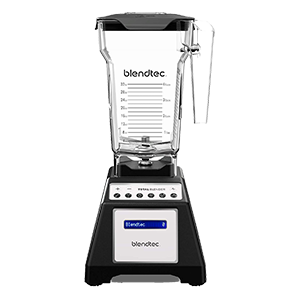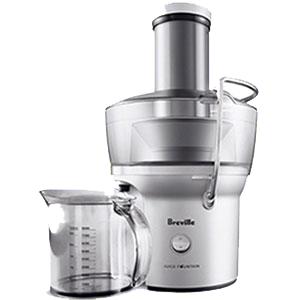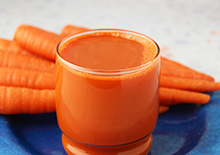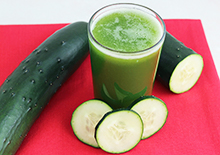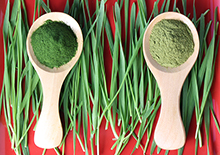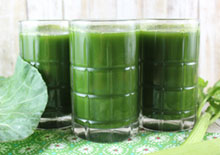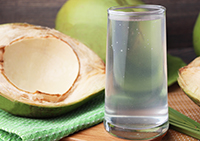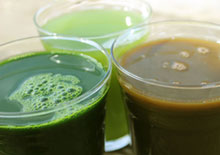- Home
- Super Juicing
- Celery Juice Benefits Revisited
Celery Juice Benefits Revisited, Top 4 Common Myths
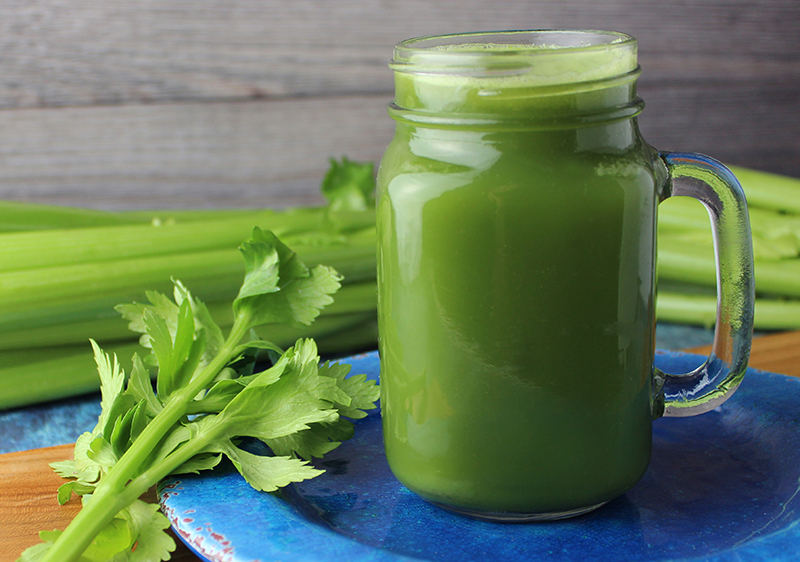
Celery juice became a worldwide trend in 2018 and since this time many people are witness to its healing potential. Over the years, however, the idea of drinking the juice of this seemingly simple vegetable has met its share of skepticism.
While we have discussed the many benefits of celery juice on other pages, here we review some of the common myths we have come across regarding this still popular mono juicing variety.
Myth #1 Celery Juice is Mostly Water
Some sources debate that celery juice is mostly made up of water. And although, yes, celery stalks are a high-water vegetable, drinking their pressed juice is not the same thing as drinking water.
Pure quality water will, like celery juice, have some electrolytes but it is a far cry from the water content found in pure raw celery juice. Containing structured water very different than the water we might pour in a glass, the water in celery juice is organized as part of a whole complex with other constituents including living enzymes, trace nutrients and phenolic compounds.
Sometimes called HYDROBIOACTIVE WATER, some would argue that it is in fact the life-force of the celery plant itself. It suspends nutritive components making them easier to utilize and supports hydration on a deeper level.
In order to maximize its full potential, it is best not to dilute celery juice with water.
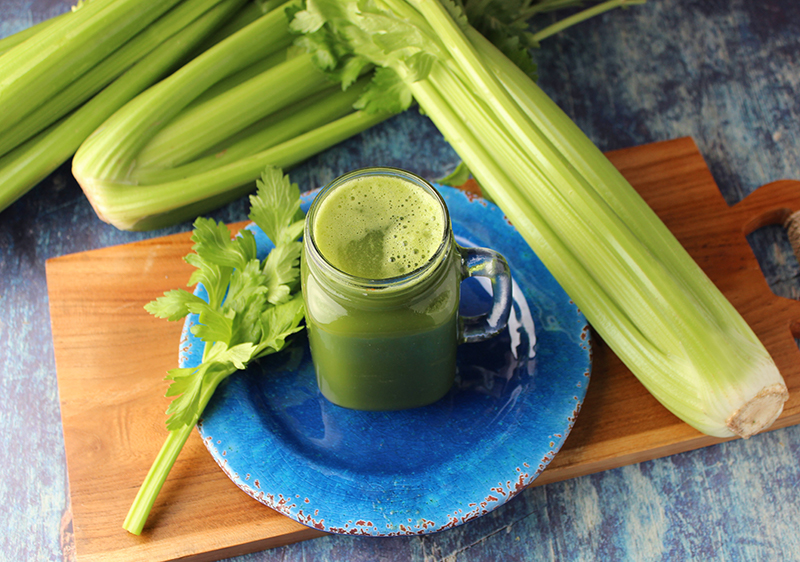
Myth #2 Celery Juice is High in Sodium
Celery is a vegetable that is naturally higher in the mineral sodium. However, according to New York Times best-selling author and "Medical Medium" Anthony William, this is not the same kind of sodium that makes up table salt or even healthier mineral or sea salt varieties.
Much the same way that the water in celery is not the same as drinking water, the salt is not a sodium chloride isolate but exists within the stalk's liquid matrix.
According to Medical Medium, one of the claimed substances in celery juice that make it so beneficial are the uniquely structured "subgroups of the sodium mineral" he calls "sodium cluster salts".
When celery is juiced it becomes especially concentrated in these sodium-related compounds. Celery juice cluster salts are unscientifically viewed as the main detoxification-supporting constituents and are not known to raise sodium levels like other types of salt. Celery juice is actually believed to bind to and encourage the removal of dietary salt residues that can cause possible health issues over time.
While science is currently limited, one 2021 study found that a 74-year-old male with hypertension responded positively to the consumption of celery juice for a six month period.
Myth #3 The Misconception About Fiber
Those adhering to a whole food diet often argue, shouldn't celery be consumed as a whole vegetable. Yes, eating fiber-rich celery in the diet is good for you. But no, you can't just eat the equivalent amount of celery stalks and get the same medicinal benefits that celery juice offers.
The reason why the fiber is removed via juicing techniques is to unlock its true potency and its mentioned vital ingredients: hydrobioactive water, living enzymes, phenolic compounds, cluster salts and trace nutrients.
Juicing in fact concentrates these nutritional healing components into a readily absorbed liquid. Eating tons of celery or blending it with its fiber is not the way to go and will block its full potential.
Myth #4 You Need to Drink 16 Ounces a Day
While the "magic number" or advised daily amount of celery juice to drink is 16 ounces or .47 liters (about one head of celery juiced), this quantity may vary depending on age, body weight, diet and health conditions or goals.
The older you are the greater the probable need for the cleansing benefits that celery juice can offer which may require the full 16 ounces.
Certain health issues can also dictate how much might be appropriate. For example, if you have an autoimmune issue at least 16-32 ounces a day for 30 days in a row is often recommended for best results. (This of course always goes along with the consent of your healthcare professional.)
On the flip side, a healthy youthful person with a normal body weight might experience great benefits on only 8 ounces a day. Likewise, if you're just starting out on a celery juice protocol, sometimes it’s best to begin with small quantities and build up to larger amounts over time.
One general rule for maximum effectiveness is that the juice should always be consumed on an empty stomach. (ie: No water or food.) This is usually achievable first thing in the morning, but when ingesting two 16oz doses a day between meals can also work.
Precautions:
Consuming large amounts of celery juice may increase bowel movements or cause loose stools. Of course, avoid drinking the juice if you have allergies to celery. Consult your healthcare professional if pregnant, nursing, taking prescribed medications or if you have a serious medical condition.
Shop Related Products (About Affiliates & Amazon Associate Paid Links)
Affiliate Disclaimer: This section contains affiliate product links. If you make a purchase through our recommended links, we receive a small commission at no additional cost to you. Thanks for the support.

